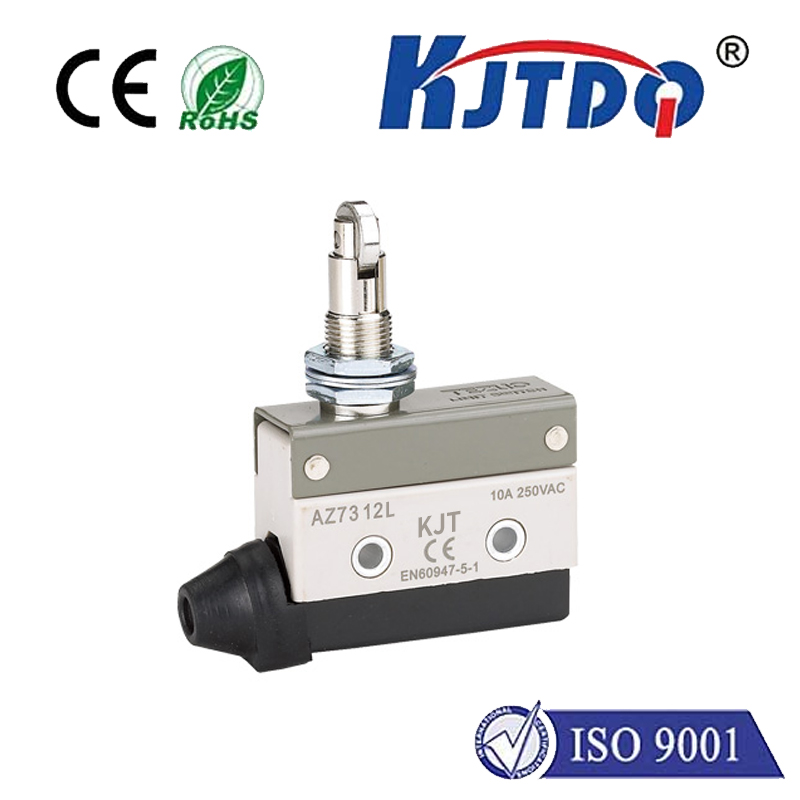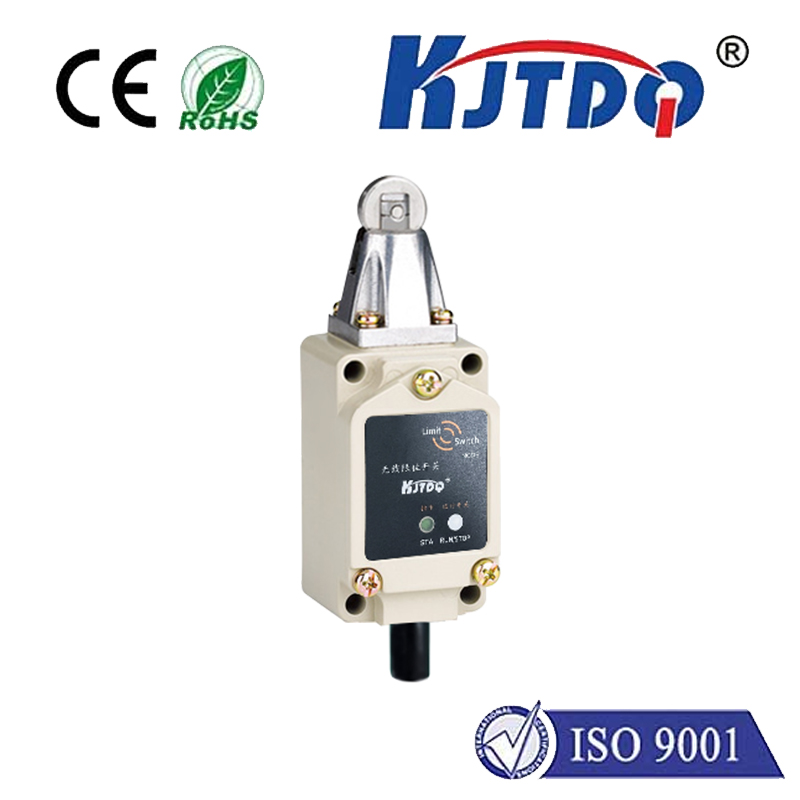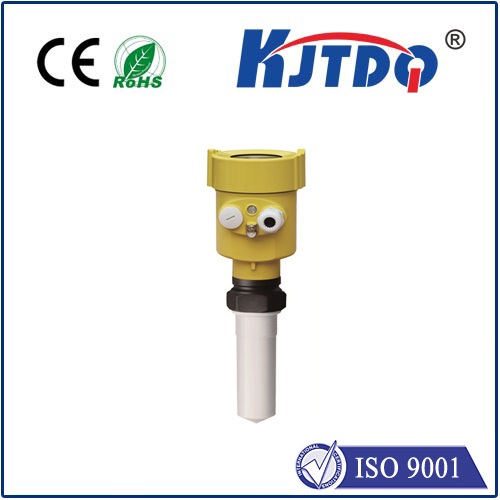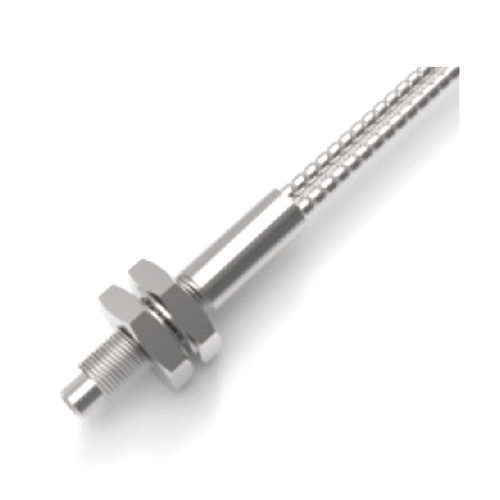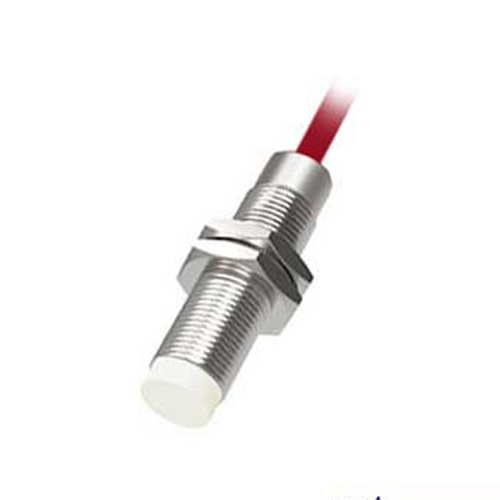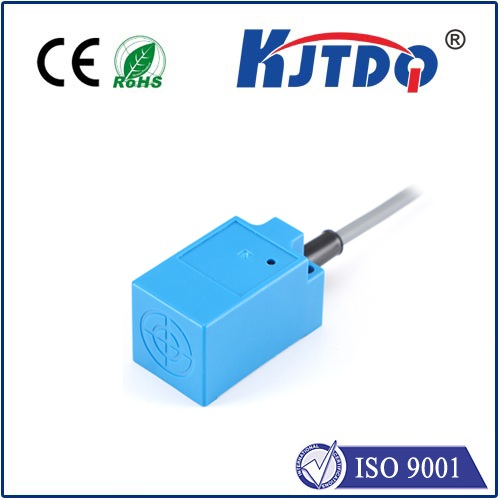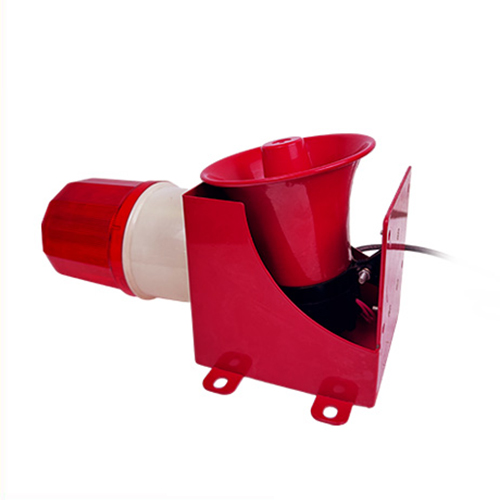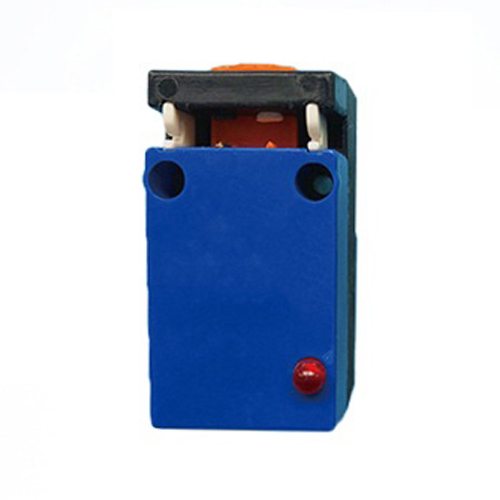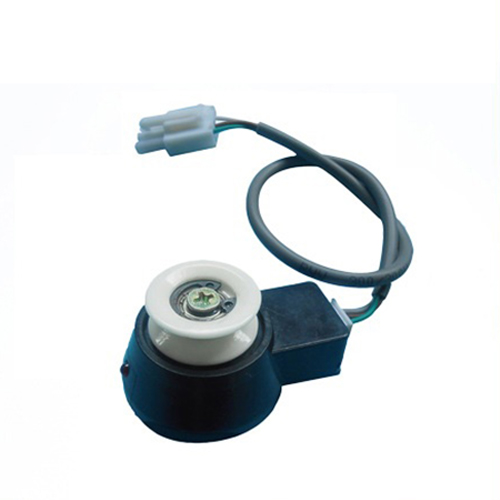ter rotary limit switch
- time:2025-08-08 03:31:55
- Click:0
TER Rotary Limit Switches: The Unsung Sentinels of Precision Motion Control
Imagine a massive crane smoothly hoisting an essential load. Below, workers go about their tasks, relying implicitly on the machinery above. Critical to this safe operation is an often-overlooked component: the TER rotary limit switch. This robust device acts as the silent guardian, ensuring movements stop exactly where intended, preventing dangerous over-travel, damage, and costly downtime. In the intricate dance of industrial automation and machinery control, TER rotary limit switches provide the essential feedback loop for position, dictating boundaries and enabling complex sequences with unwavering reliability.
Unraveling the Core Mechanism: What is a Rotary Limit Switch?
At its heart, a rotary limit switch is an electromechanical position sensor. It monitors the rotational angle of a shaft or axle. Its primary function is to open or close electrical circuits at precise, pre-determined angular positions. Think of it as a programmable traffic light for mechanical rotation. A drive shaft connected to the moving part (like a crane boom arm, conveyor section, or valve stem) rotates the input shaft of the switch. Internally, this motion interacts with adjustable cams. As these cams rotate past specific points, they actuate snap-action switches or contacts, changing their state. This state change sends a clear electrical signal: “Position A Reached” or “Travel Limit Exceeded,” triggering actions like stopping a motor, reversing direction, or initiating the next step in an automated sequence.
The TER Difference: Engineered for Endurance and Accuracy

While many manufacturers produce rotary limit switches, TER has established a strong reputation. TER rotary limit switches are typically characterized by:
- Robust Construction: Built to withstand harsh industrial environments, featuring durable housings that resist impact, dust, moisture (often IP65/IP67 rated or higher), and corrosive elements common in factories, mills, ports, and construction sites.
- Exceptional Reliability: Utilizing high-quality materials and precise engineering, these switches deliver consistent, dependable operation cycle after cycle, even under high torque and vibration. Predictable performance is paramount for safety-critical applications.
- Flexible Configuration: Offering models with varying numbers of contacts (switch points), different contact ratings (for AC or DC loads), multiple adjustment possibilities for cam positioning, and diverse drive options (direct shaft, chain and sprocket, spur gear drives) to adapt seamlessly to almost any mechanical interface requirement.
- Precise & Repeatable Operation: The cam and switch mechanism allows for fine adjustments, ensuring the activation points are accurate and remain stable over time, guaranteeing the same stopping position repeatedly. This finite position control is crucial.
- Ease of Use & Maintenance: Designed with accessibility in mind, TER switches often feature clear visual indicators, easy cam adjustment mechanisms without needing specialized tools, and straightforward installation procedures. Reduced complexity translates to lower downtime.
Where Reliability Matters: Key Applications for TER Rotary Limit Switches
The versatility of TER rotary limit switches makes them indispensable across numerous sectors:
- Material Handling & Lifting: This is their core domain. They provide essential travel limits for overhead cranes (bridge, hoist, trolley), gantry cranes, jib cranes, elevators, lifts, and hoists. They prevent collisions, over-hoisting, and ensure safe operation limits.
- Conveyor Systems: Controlling the travel length of reversing conveyors, ensuring sections are properly aligned before transfer, and signaling position for diverters or stops. They manage travel endpoints and sequencing.
- Valve Actuation: Monitoring and controlling the open/close position of large valves in pipelines, water treatment plants, or process industries.
- Construction & Earthmoving Equipment: Setting safe working angles for excavator attachments, controlling boom swing limits on dredges or mining equipment.
- Automated Machinery: Defining start and stop points for rotating platforms, indexing tables, or controlling the stroke of rotating components within complex assembly lines.
- Wind Turbines: Used in pitch control systems to monitor blade angle limits accurately, contributing to safe operation and power optimization.
Why Choose Rotary Limit Switches? Beyond Just TER
While TER offers excellent solutions, understanding the inherent advantages of the rotary limit switch principle explains their enduring popularity:
- Intrinsic Safety: Being electromechanical, they provide a positive, physical disconnection in the control circuit when limits are reached. This is a critical safety feature often preferred over purely electronic sensors in certain contexts. The physical cam physically actuates the contact.
- Visual Indication & Simplicity: Operators can often visually inspect the switch position and cam settings. Their operation is easy to understand and troubleshoot without sophisticated diagnostic tools, offering immediate feedback.
- High Overload Capacity: They can typically switch control circuits directly, handling relatively high currents and voltages compared to many proximity sensors, often eliminating the need for interposing relays. This contributes to system simplification and robustness.
- Immunity to Interference: Unlike some electronic sensors, they are generally immune to electromagnetic interference (EMI) or radio frequency interference (RFI), ensuring stable operation in electrically noisy environments. Reliable signaling is non-negotiable.
- Cost-Effectiveness: For many standard applications requiring reliable position feedback at set points, rotary limit switches offer a robust and economical solution compared to more complex absolute encoders or networked sensors, especially when multiple points need monitoring.
Integrating TER Rotary Limit Switches Effectively
To maximize the longevity and performance of any rotary limit switch, including TER models, consider:
- Proper Mounting & Alignment: Ensure rigid mounting to prevent vibration or misalignment affecting accuracy. Align the drive mechanism correctly to avoid binding or excessive stress.
- Drive Mechanism Selection: Choose the appropriate drive method (direct, chain, gear) and gear ratio based on the required resolution and the torque/speed of the monitored shaft. Precise motion transmission is key.
- Environmental Protection: Select a model with an adequate IP rating for the specific environment (dust, water washdown, chemicals). TER typically offers robust options here.
- Regular Inspection & Maintenance: Periodically check for physical damage, loose connections, wear on cams or drive components, and verify contact operation and position calibration. Preventative maintenance is always cheaper than unplanned downtime.
Conclusion: Precision Guardians in Motion
TER rotary limit switches represent a mature, proven technology that continues to excel where absolute reliability, simplicity, and tangible position control are paramount. They are the workhorses ensuring machines move within their designated boundaries, operations sequence correctly, and personnel remain safe. While more sophisticated sensors exist for complex positioning, the inherent safety, robustness, and cost-effectiveness of a well-engineered TER rotary limit switch make it an indispensable solution for countless finite position control tasks worldwide. In the relentless motion of industry, these quiet sentinels stand guard, enabling progress with precision.






